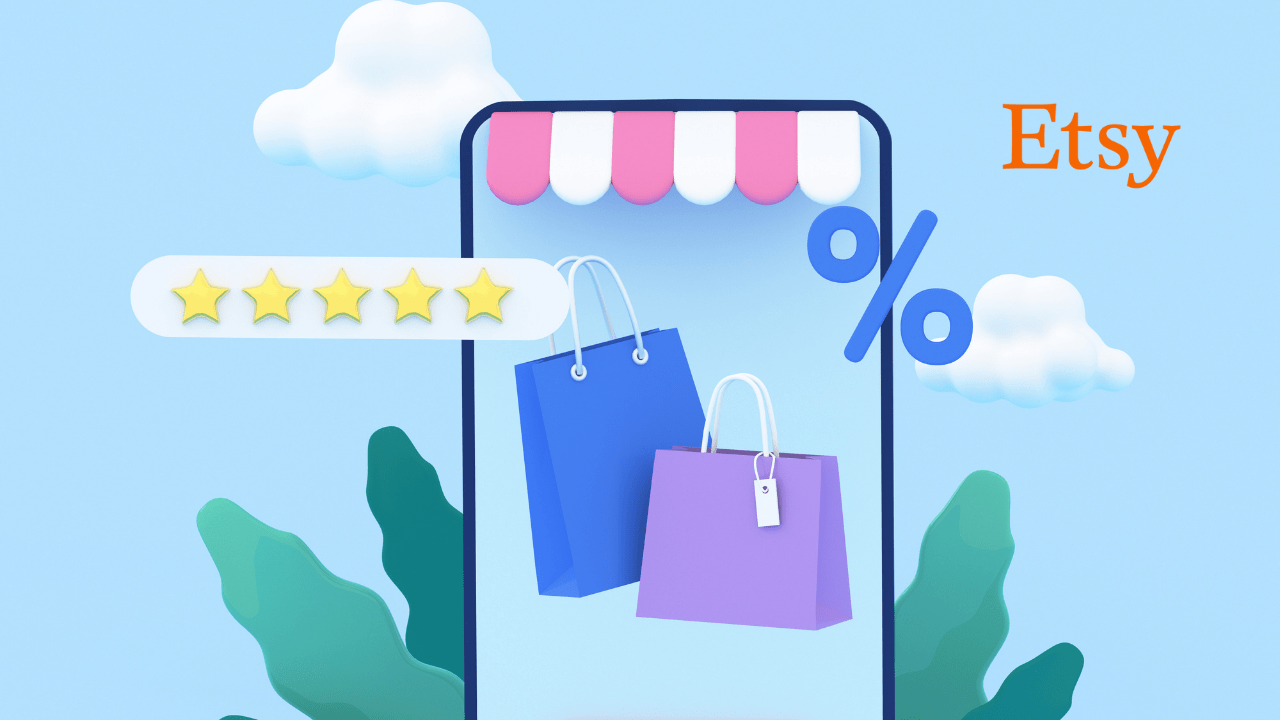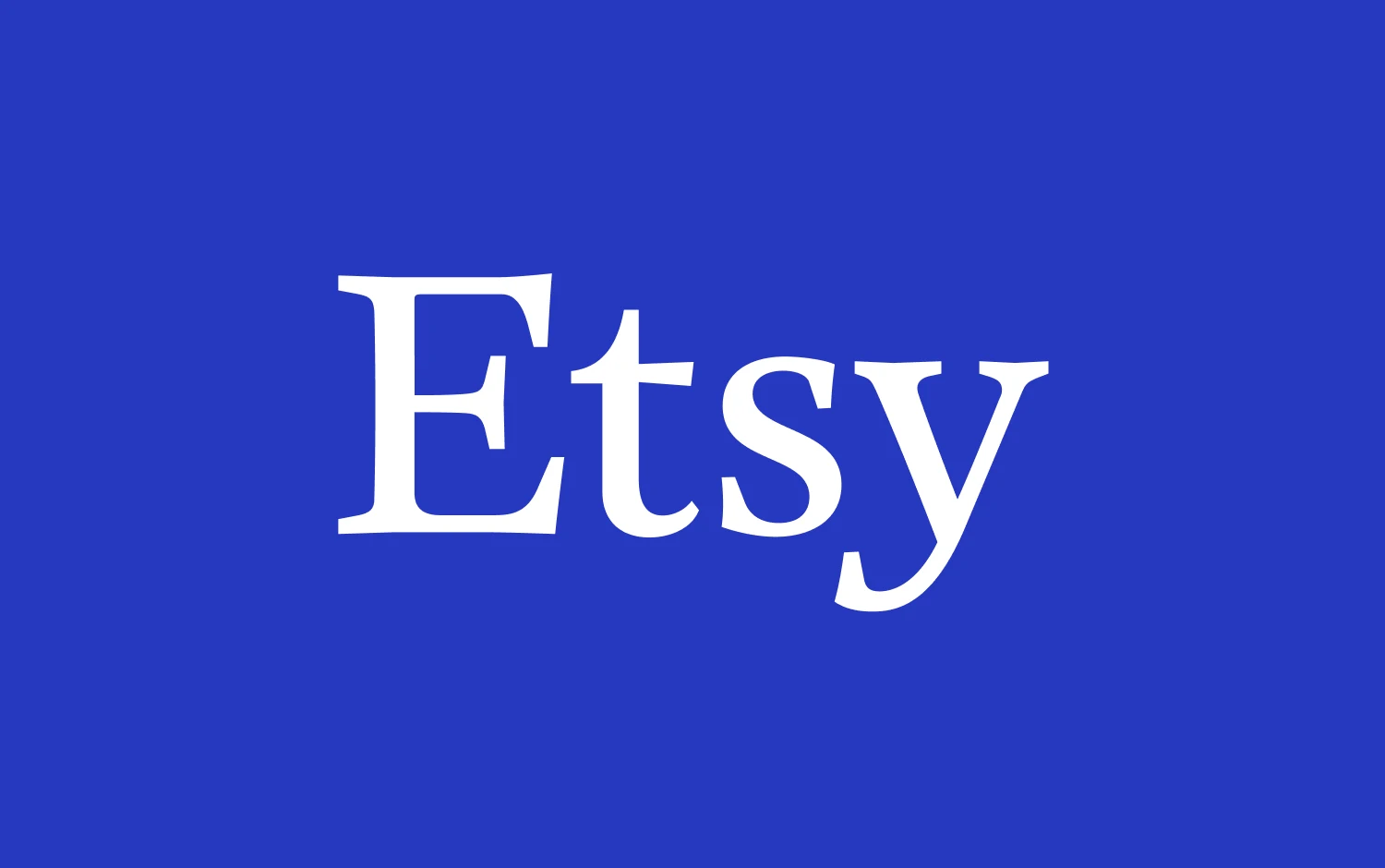If you’re an Etsy seller or thinking about starting your own shop on this popular online marketplace, understanding the various fees involved is crucial. Etsy has a straightforward fee structure, but it’s important to know the details so you can price your products effectively and manage your profits. In this guide, we will break down all the fees associated with selling on Etsy, including listing fees, transaction fees, payment processing fees, and optional advertising fees, to help you navigate the costs and maximize your shop’s potential.
Etsy Seller Fees
Navigating the world of Etsy can be both exciting and overwhelming, especially when it comes to understanding the fees associated with selling your products. Etsy seller fees include various charges like listing fees, transaction fees, and payment processing fees, which can impact your overall profitability. By gaining a clear understanding of these fees, you can better price your products and manage your shop’s finances. In this guide, we’ll break down all the essential Etsy fees, from the basic listing fee to more complex charges like Offsite Ads fees, helping you make informed decisions to maximize your earnings on Etsy.

1. Listing Fees
Every time you list a new item on Etsy, there is a listing fee. This fee is one of the first costs you’ll encounter as a seller. Here’s what you need to know about Etsy’s listing fees:
- Cost: $0.20 per item listed.
- Duration: Each listing lasts for four months or until the item is sold.
- Renewal: If your item doesn’t sell within four months, you can renew the listing for another $0.20.
Pro Tip: To optimize your listing costs, consider using a small batch or low quantity of items per listing if you sell multiple quantities of a similar product. This way, you avoid renewing too many unsold items and manage your fees better.
2. Transaction Fees
When an item sells, Etsy charges a transaction fee on the sale price (including the item price and any shipping and gift wrap costs). This fee is standard across all Etsy sellers.
- Rate: 6.5% of the total sale price (item price + shipping + gift wrap).
- Application: The transaction fee is applied to each individual item sold.
Example: If you sell an item for $20 with $5 shipping, the transaction fee would be $1.63 (6.5% of $25).
Pro Tip: Make sure to factor in the transaction fees when pricing your items. Calculating these fees in advance helps maintain your desired profit margin.
3. Payment Processing Fees
In addition to transaction fees, Etsy charges payment processing fees when using Etsy Payments. This fee covers the cost of processing the buyer’s payment and varies depending on the location of your bank account.
- US Sellers: 3% + $0.25 per transaction.
- International Sellers: The payment processing fee varies by country, often ranging from 3% to 4% + a fixed fee per order.
Example: For a sale of $30, the payment processing fee for a US seller would be $1.15 (3% of $30 + $0.25).
Pro Tip: Payment processing fees are unavoidable, so always keep them in mind when setting prices. Be aware of your specific country’s rates to avoid surprises.
4. Etsy Ads Fees
Etsy offers an advertising platform known as Etsy Ads. These ads help promote your listings and increase visibility within Etsy’s search results.
- Cost: You set your daily budget, and Etsy deducts fees based on clicks (Pay-Per-Click model).
- Control: You have full control over your advertising budget and can start or stop ads anytime.
Pro Tip: Start with a small budget to test the effectiveness of Etsy Ads. Monitor which listings perform well with ads, and adjust your budget accordingly.
5. Offsite Ads Fees
Etsy also runs Offsite Ads, where your listings are promoted across the web on platforms like Google, Facebook, and Instagram. This program is mandatory for some sellers and optional for others, depending on your annual revenue.
- Fee Structure:
- If your shop made less than $10,000 in sales in the past 12 months: 15% of the sale price (only if the sale resulted from an Offsite Ad click).
- If your shop made over $10,000 in sales in the past 12 months: 12% of the sale price.
- Payment: Fees are only charged if an Offsite Ad results in a sale, and they apply to the total sale price (item price + shipping + gift wrap).
Pro Tip: Keep track of which sales are generated through Offsite Ads. If you’re seeing a good return on investment, it might be worth keeping it active. However, if it’s eating into your profits, consider the cost carefully.
6. Currency Conversion Fees
If you list items in a currency different from your bank account’s currency, Etsy charges a currency conversion fee.
- Rate: 2.5% of the total sale amount after conversion.
- Application: This fee is deducted after the currency conversion to your bank’s currency.
Pro Tip: To avoid currency conversion fees, list your items in the same currency as your bank account. If you need to list in a different currency for a specific market, adjust your prices to account for the additional cost.
7. Shipping Fees
While not a fee charged by Etsy, shipping costs are an important consideration. Etsy allows you to charge customers for shipping or offer free shipping, but you need to manage this cost carefully.
- Options: You can set your own shipping rates or use Etsy’s calculated shipping, which bases costs on the buyer’s location and item weight/dimensions.
- Free Shipping: Etsy encourages free shipping, especially for orders over $35. You can offer free shipping by including the shipping cost in your product price.
Pro Tip: Consider offering free shipping to improve your shop’s visibility and appeal, but make sure to factor shipping costs into your pricing strategy to maintain profitability.
Understanding Etsy’s fee structure is essential for running a successful shop. By knowing how listing, transaction, payment processing, advertising, offsite ads, and currency conversion fees work, you can better manage your expenses and price your products effectively. Remember to regularly review your costs and adjust your strategies accordingly to maximize profits. With these insights, you’re now well-equipped to navigate Etsy’s fees and build a thriving business on the platform.





